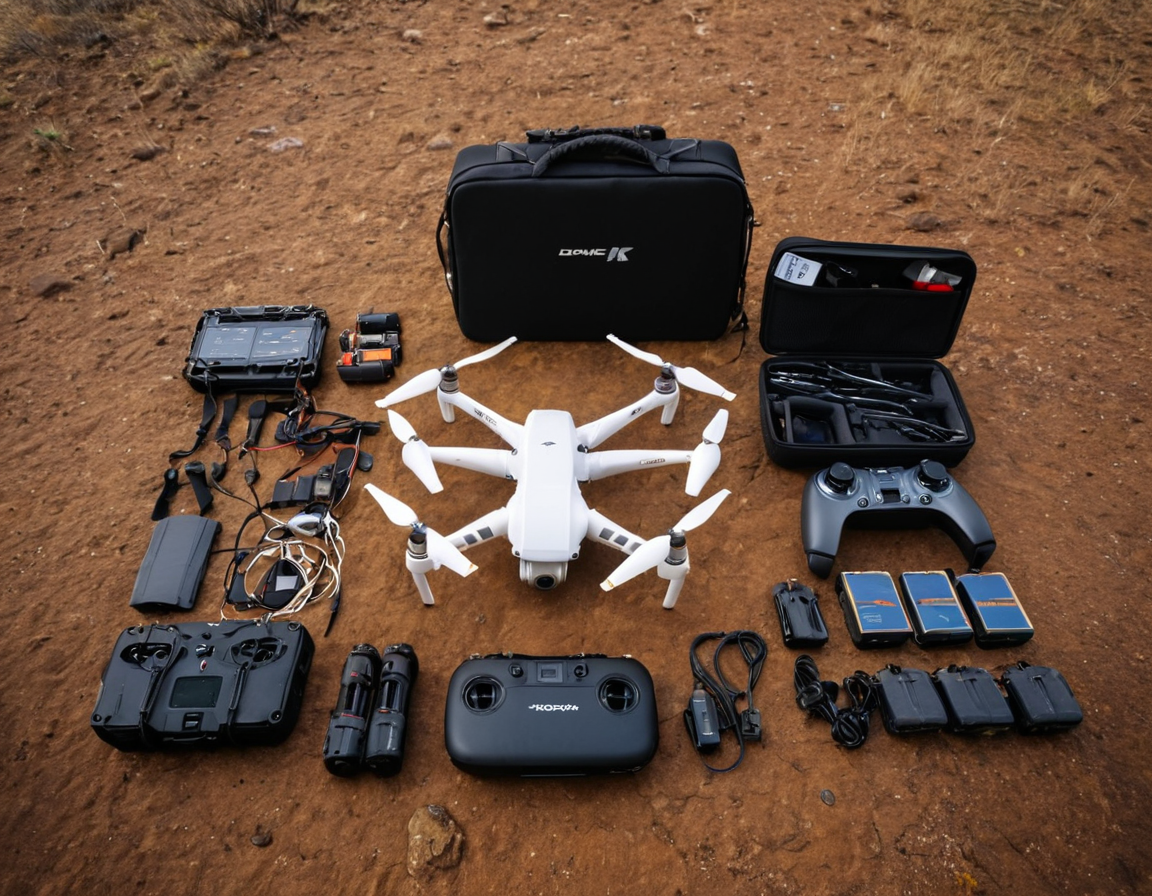Drone Kit Essentials for Expeditions

The Ultimate Kit List for Drone Photography on Your Next Expedition: Safety, Regulations, and Best Practices
As the world of drone photography continues to grow, so do the risks associated with its use. Whether you’re a seasoned pro or an enthusiast looking to capture breathtaking footage, it’s essential to understand the safety protocols, regulations, and best practices that come with flying a drone.
Introduction
Drone photography has become an exciting and dynamic way to capture stunning visuals, but it requires careful consideration of several factors before takeoff. In this article, we’ll delve into the ultimate kit list for drone photography on your next expedition, covering essential safety measures, regulatory compliance, and best practices to ensure a successful and enjoyable experience.
Safety Measures
Before flying, it’s crucial to assess the environment and potential risks:
- Weather Conditions: Always check the weather forecast and avoid flying in adverse conditions such as strong winds, thunderstorms, or heavy rain.
- Obstacles: Be aware of obstacles like power lines, buildings, trees, and other aircraft. Make sure you have a clear flight path and avoid flying over populated areas.
- Battery Safety: Follow proper charging and storage procedures to prevent battery damage or fire.
Regulatory Compliance
Familiarize yourself with local regulations and laws regarding drone usage:
- FAA Regulations (US): If you’re planning to fly in the United States, ensure you comply with FAA guidelines, including registration requirements and altitude restrictions.
- International Regulations: Research local laws and regulations for your destination country, as they may differ significantly.
Best Practices
To capture exceptional footage while maintaining a safe and responsible flying experience:
- Pre-Flight Planning: Research the location, weather, and potential hazards before takeoff. Plan your route in advance to minimize risks.
- Respect Private Property: Always obtain permission from landowners or property managers before flying over private areas.
- Keep a Low Profile: Be mindful of noise levels and avoid flying near people or wildlife.
Practical Examples
While drone photography can be an incredible way to capture stunning visuals, it’s essential to prioritize safety and responsible flying practices:
- When flying in congested areas, consider using a different mode of transportation or adjusting your flight plan to avoid collisions.
- Always keep your drone in sight and maintain control at all times.
Conclusion
Drone photography can be an exhilarating experience, but it requires careful consideration of safety protocols, regulatory compliance, and best practices. By following this ultimate kit list, you’ll not only minimize risks but also capture breathtaking footage that tells a story.
**Join the conversation: What are your favorite drone photography tips and tricks? Share with us in the comments below!
Tags
safety-drone-flying expedition-tips best-practices regulatory-compliance camera-settings
About Isabella Anderson
As a seasoned photographer and educator, I help creatives unlock their full potential on lentecreativa.com. With 3+ yrs of experience teaching photography techniques & tips, I've worked with top brands to develop innovative tools for photographers. Let's chase those shots!
